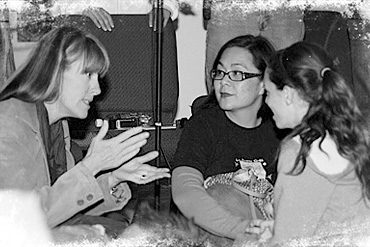Dave Brisbin 6.14.20
I’m often asked about end times and the apocalyptic passages and books of the bible that support popular end times scenarios. But especially now, there is an increase of questioning as the events of the last few months appear to mirror much end times imagery. A recent survey showed 56% of a group of pastors believing that we are in end times, but what can scripture itself show us about what we can and can’t know about end times? And what is prophetic and apocalyptic literature anyway? And since it’s so easy to get lost in the weeds of esoteric details that are highly contested and controversial within Christianity, are there main themes and guiding principles we can extract that can guide us to a personal response to life in this world?
read more
Starting with the famous Olivet Discourse, the “little apocalypse” of the gospels, Jesus first sets the context of his remarks, then makes three big statements that can serve to frame all apocalyptic literature. But as we look beyond that passage to Revelation, Daniel, 1Thessalonians, 1Corinthians, and various gospel passages, we see a consistent imagery that lines up with the primary metaphor ancient Jews used to describe life here between heaven and earth: the extended Jewish wedding ceremony. Understanding the function of prophetic and apocalyptic literature as well as Israel as the bride of Yayweh and the church as the bride of Christ, allows us to sidestep competing interpretive views and the fear they engender while giving us guiding principles for living our faith through turbulent times.



